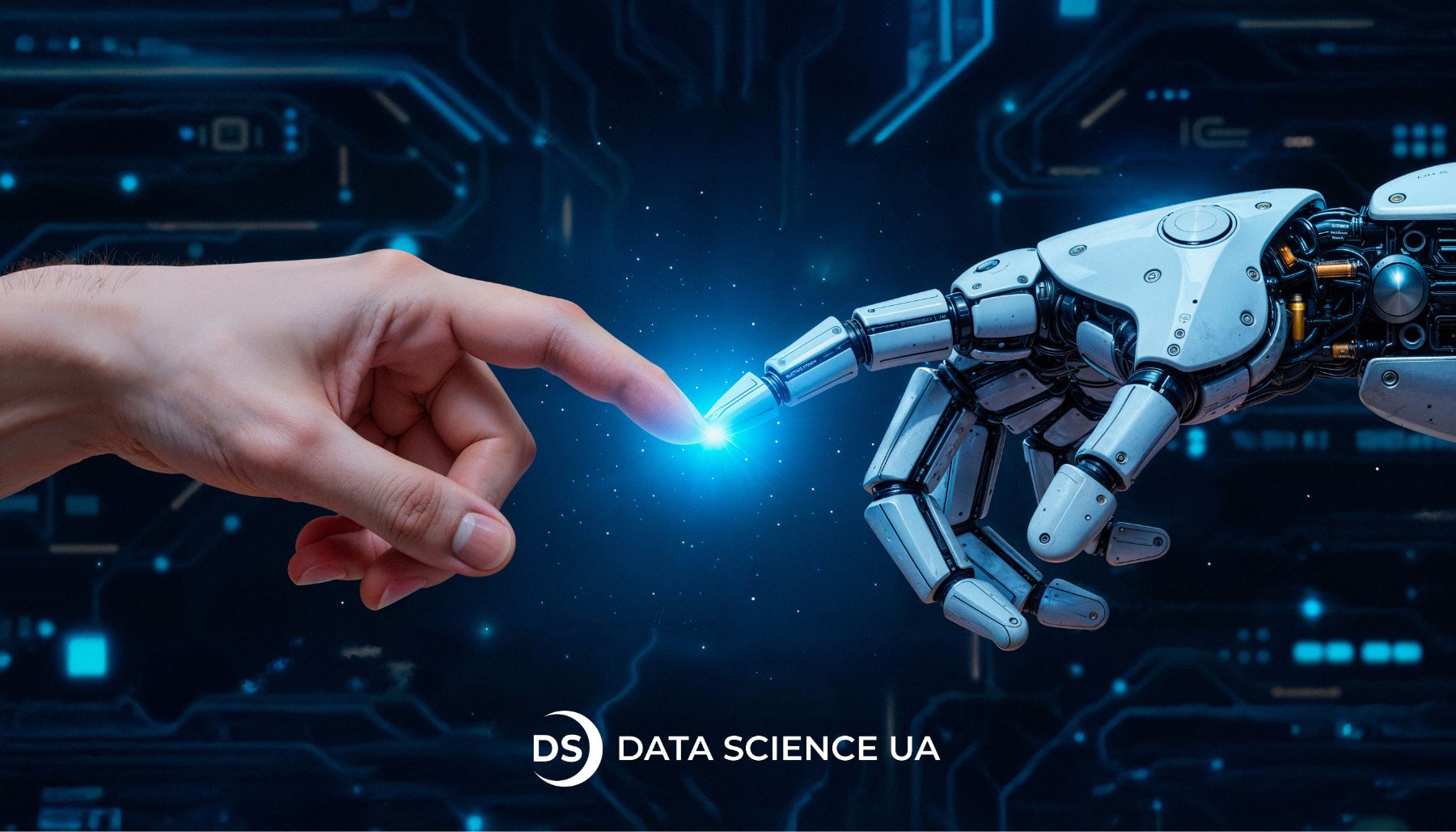Big Data: Advantages and Disadvantages
What is Big Data?
Big data refers to massive quantities of data that are complex and grow at an increasing rate. Big data is also a term for the strategies and technologies needed to gather, organize, transform, and process such data. Traditional data processing tools and techniques, such as Microsoft Excel or relational databases, cannot process this data; hence other approaches must be used.
As you can see, the term “big data” can be used to describe both large quantities of data and methodologies to work with them. However, there is a significant difference between big data and data science. The latter combines computer science, domain knowledge, and engineering, while the former is more of an engineering concept. Still, there is a connection between these fields, as data science is often applied to big data.
There are multiple sources of big data: financial transactions, social media, web searches, surveillance cameras, satellite photographs, and many more. The main problem of big data is not just its size but its complexity. The data often comes in an unstructured form and requires a lot of preprocessing. Luckily, big data provides all the necessary tools for that!
Benefits and Use Cases
The ability to process large amounts of data brings multiple benefits. First of all, you can utilize all the data you have gathered and get valuable insights. Without these techniques, the data would be impossible to analyze as a whole. Second, big data allows working with the data in real-time i.e. the analysis happens immediately, and the results are shown instantly. It is even possible to analyze the data without saving every row. Real-time analytics is critical for many industries like the banking or the military sector. Finally, big data offers incredible flexibility and scalability. It allows you to adapt quickly to ever-changing conditions, scale your projects in size, and speed up your processes.
There are also multiple possible use cases for big data. The most famous example is probably targeted ads. Companies like Google and Facebook analyze millions of search queries, comments, feedback, likes, etc., to offer the most relevant products. To learn more about it, refer to digital image processing services.
Banks and fintech organizations use big data to analyze millions of transactions every day. Fraud detection, payment confirmation, credit scoring, risk evaluation – all these operations must be conducted in enormous quantities. Without big data technologies, it would be impossible.
Another exciting example is self-driving vehicles. Their cameras capture hundreds of thousands of images that have to be analyzed immediately. What makes it even harder is that there is no time to send these images to the remote server, so all computations have to be done on the spot. Traditional machine learning algorithms are not able to process such data, but big data is.
Telecommunication is another significant industry with big data. With millions of customers and thousands of calls every day, providing services and controlling for quality would be unfeasible without big data.
There are many more examples of big data use cases: in e-commerce, manufacturing, insurance, healthcare, finance, etc. Since the amount of data is rising steadily, almost every industry can benefit from using big data.
Do You Really Have Big Data?
Although big data is used in various industries, very few companies really have it. We can often hear from companies with a few million rows of data that they have big data. But this is not usually the case. In fact, there is a simple checklist you can follow to determine whether you really have big data or not:
- You have more than 1TB of data;
- You need real-time operations;
- Your data comes in multiple formats;
- Your current infrastructure (Microsoft Excel, relational databases, ETL systems) cannot handle your data anymore.
If at least one of the following is true for your company, you probably have big data. However, if your only problem is that your SQL script takes an hour to execute, you most likely don’t have big data.
There is also a list of organizations that certainly have big data. It includes, among others, TV and Internet providers, mobile operators, banks and fintech companies, social media, certain retailers, oil and gas companies, many factories, and production companies. The list goes on, but these are the examples of companies that most certainly have (and use) big data technologies and applications.
Big Data Technology Stack
Finally, if you have determined that you have big data and want to start working with it, there are plenty of tools to use. Again, the big data technologies list is extensive, and many of them are substitutes for others, so we will concentrate only on the most widely used tools and technologies.
Clouds
Cloud big data technologies are getting more and more popular because they allow using powerful resources without physically having them. You do not need to have your own servers with terabytes of memory and multiple GPUs. Everything is easily accessible on clouds at a reasonable price.
Cloud computing and cloud storage are services that are the most widely used by many companies. However, the cloud does not end here. It provides many other services that can help in data analysis. Moreover, many of them have already implemented tools for specific purposes. For example, Google Cloud has several natural language processing applications that accept raw data and produce an output immediately. These applications can be easily integrated into one’s software or website.
The most popular cloud platforms are GCP, AWS, Microsoft Azure, and IBM Cloud. You can do pretty much anything using one of these.
Apache Hadoop
Hadoop is probably the most popular tool in big data. It is an open-source framework used to store, organize, process, and analyze big data. Hadoop basically divides the task into parts and distributes them between several machines called “workers.” Workers run their jobs simultaneously. Afterward, one machine called “master” receives the output from each machine and aggregates them into one final result.
Apache Spark
Spark is the successor of Hadoop, as it overcomes Hadoop’s drawbacks. Unlike Hadoop, Spark supports real-time processing and in-memory calculations, which makes it hundreds of times faster.
Apache Storm
Storm is a distributed real-time and fault-tolerant processing system that can efficiently process unbounded streams of data. In addition, Storm is extremely fast, which allows it to process millions of data points per second.
Apache Cassandra
Cassandra is a distributed database that offers high scalability and flexibility without a loss in performance. It can work with all types of data and does not lose its efficiency under heavy loads.
MongoDB
MongoDB is a non-relational database that provides cross-platform capabilities. MongoDB is fast, reliable, and cost-effective. It offers a relatively easy interface and flexibility on both: local and cloud infrastructures.
Apache Kafka
Kafka is a distributed event processing and streaming platform, which can handle trillions of events daily. It is also highly scalable and fault-tolerant.
Tableau
Tableau is the most popular software for data visualization and business intelligence. It allows you to get valuable insights from your data and improve the decision-making process in your business. Tableau works well with other tools, like Hadoop, enabling you to translate calculations into insights immediately.
RapidMiner
RapidMiner is a data science platform that can work well with different-sized datasets and provides an environment for data preparation, machine learning, data mining, deep learning, predictive analytics, etc.
As you can see, a lot of big data software already exists, as the field is expanding rapidly. It is also quite easily accessible, so there is no need to develop a whole new infrastructure; you can use the existing data engineering services.
Big Data Trends
Lastly, let us take a look at the developing big data trends. It is always helpful to know how the field is evolving. It tells us what to expect from the future and allows us to make preparations in advance.
The first and most important trend is data understanding. Many companies have finally figured out that they have lots of data and that they can use it. They are starting to explore different ways of analyzing data and often turn to big data.
Secondly, there are new types of data appearing. IoT devices, different kinds of sensors, etc., are sources of this new data. And precisely this type of data has to be analyzed quickly, without being sent to the remote server. This is a task for big data.
Cloud and edge computing is another trend in big data. Very few companies still use their own servers and clusters. It is much more efficient to use cloud services. As for edge computing, it was already mentioned that it is not always feasible to send the data to remote servers. Self-driving cars, IoT devices, medical equipment – all of these have to make computations immediately. That is why they have their own processors capable of big data analysis.
Artificial intelligence and machine learning development services are also transforming the big data field. New algorithms and approaches allow for sophisticated analysis and open previously unseen opportunities. For example, neural networks are often used for unstructured data analysis, while ensembles allow fast batch processing.
Lastly, the amount of data is continuing to grow. Current big data technologies can still handle it, but it is possible that in the future, more sophisticated techniques will have to be developed.
Conclusion
Although big data is getting more and more popular, there is no need to rush into it. If your data is of the usual size, it would be much faster, cheaper, and easier to use traditional data analysis techniques. However, if your existing infrastructure cannot process your data, it is the right time to start.
Big data, if used correctly, grants enormous benefits and opens lots of opportunities. Many types of data analytics that would otherwise be unfeasible to conduct become possible with big data. Furthermore, the latest big data tools and technologies can significantly simplify big data integration and usage.
If you are still unsure whether you have and need big data, our data analytics services company is ready to help. It would be even better to consult with professionals before taking any action, as they can offer ideas that you have probably not even considered yet.
FAQ
What is big data technology?
Big data technology is a set of tools and techniques used to process large quantities of data. It includes various software tools and services that enable us to work with big data efficiently.
I can’t fit my data into one Excel file. Do I have big data?
Not necessarily. You can still try relational databases (MySQL, PostgreSQL, etc.). If their power is insufficient or you have real-time operations, you most likely have big data.
How is AI Used in Finance?
Artificial Intelligence Fintech is used to create chatbots, ensure safety and efferently analyze all data and metrics in real-time.





